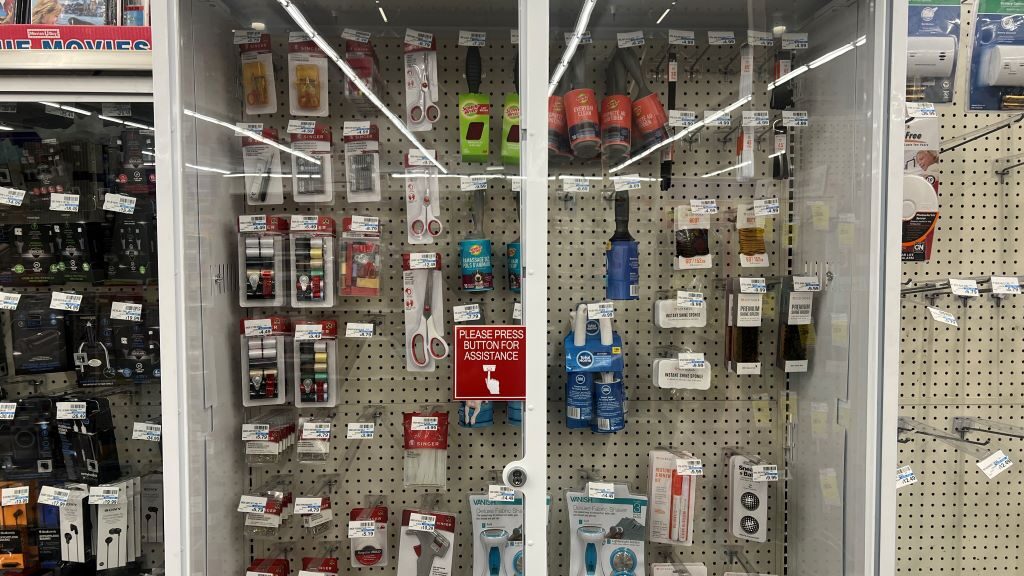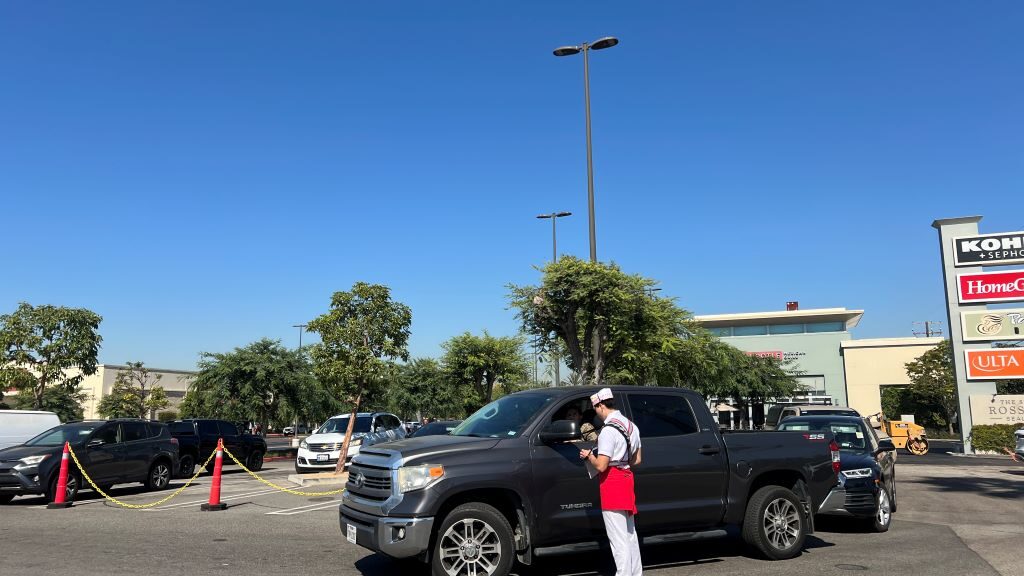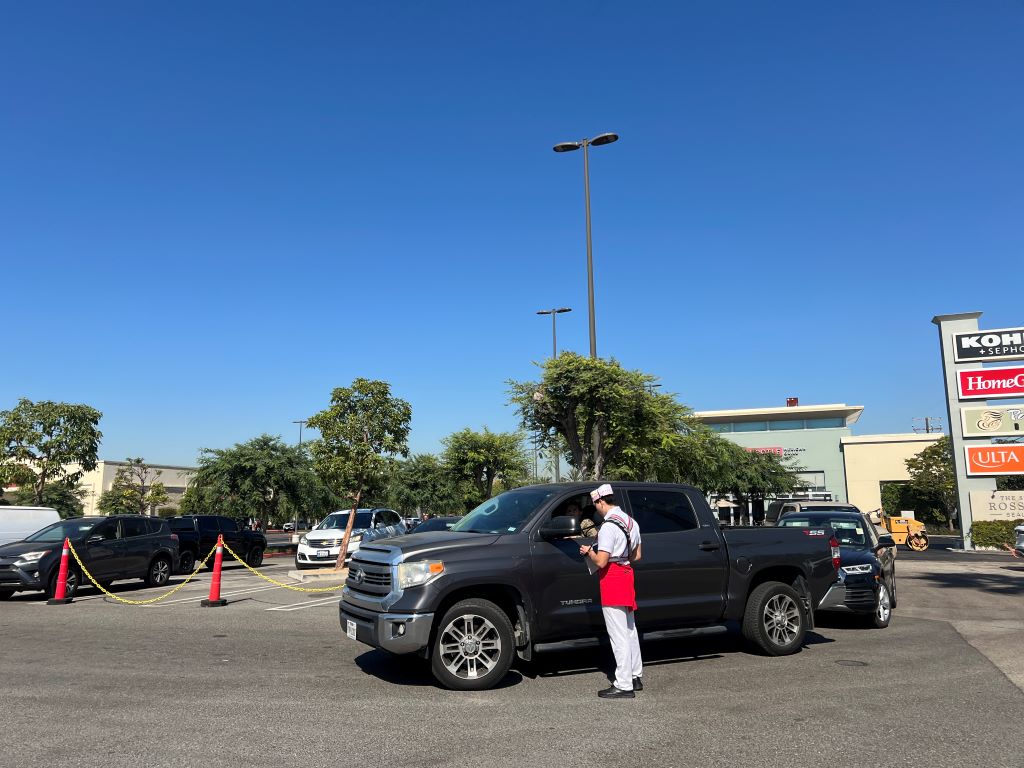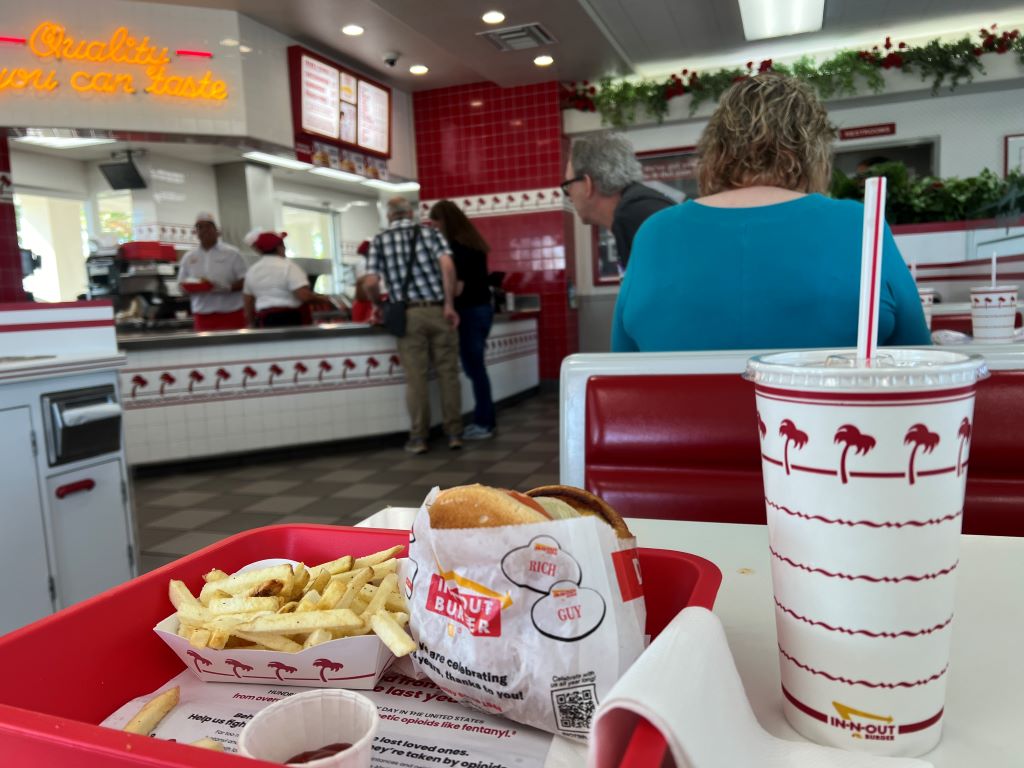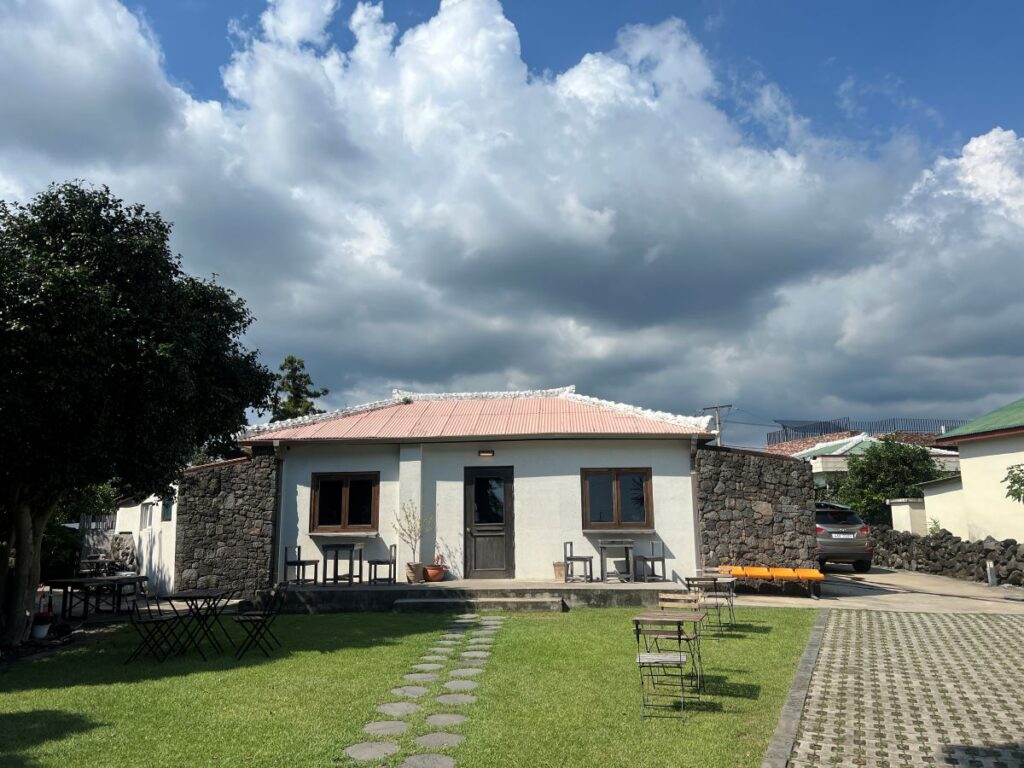
At San Jose International Airport, app-based ride share services like Uber and Lyft dominate the curbside scene. Travelers lining up next to the Uber signs look for their cars while taxis become rare.
During the CES 2025, the Uber/Lyft pick-up area at Las Vegas airport was also crowded with people eager to check in their downtown hotels.

Similarly, at Stanford University Hospital, designated areas show that ride share is now mainstream in California.

While many view ride hailing services such as Uber and Lyft as modern conveniences replacing taxis, I see them as cafes such as Starbucks or Tim Hortons where people meet and talk. Over the past two months, I learned a lot about California from numerous drivers.
Some drivers were quiet, but others shared their stories. One driver at San Jose said he worked as a software marketer for 20 years and remembered meeting Steve Jobs. Another driver at Mountain View worked two jobs to support his family. A driver in San Diego was a history teacher driving to make ends meet. Another in LA said he was preparing a birthday party for his son.
In the US, many people do things by themselves and might feel lonely. But inside these “moving cafes,” there is a chance to meet someone and talk. It might help people feel less lonely for a short time.
***
Reference
Talmage, C. A., Knopf, R. C., Wu, T., Winkel, D., Mirchandani, P., & Candan, K. S. (2021). Decreasing loneliness and social disconnectedness among community-dwelling older adults: The potential of information and communication technologies and ride-hailing services. Activities, Adaptation & Aging, 45(2), 89-117.
This study explores self-reports of 241 older adults (aged 63–95) regarding loneliness and social disconnectedness, and the potential for information and communication technologies (ICT) and ride-hailing services to mitigate these phenomena. The samples are drawn from four older adult living communities in Maricopa County, Arizona. Lonelier older adults and older adults desiring greater social connections with friends, family, and outsiders appear to use ICT less and might benefit from ride-hailing services more than their less lonely and more socially connected counterparts. These findings are nuanced and depend on ICT device, type of ride-hailing service, and purpose of use. While desires for ride-hailing services were generally low, these services show promise in alleviating loneliness and increasing social connectedness, especially as older adults prepare to cease driving. Advice for implementing interventions and strategies to decrease the loneliness and increase social connectedness of community-dwelling older adults is elucidated and shared.









